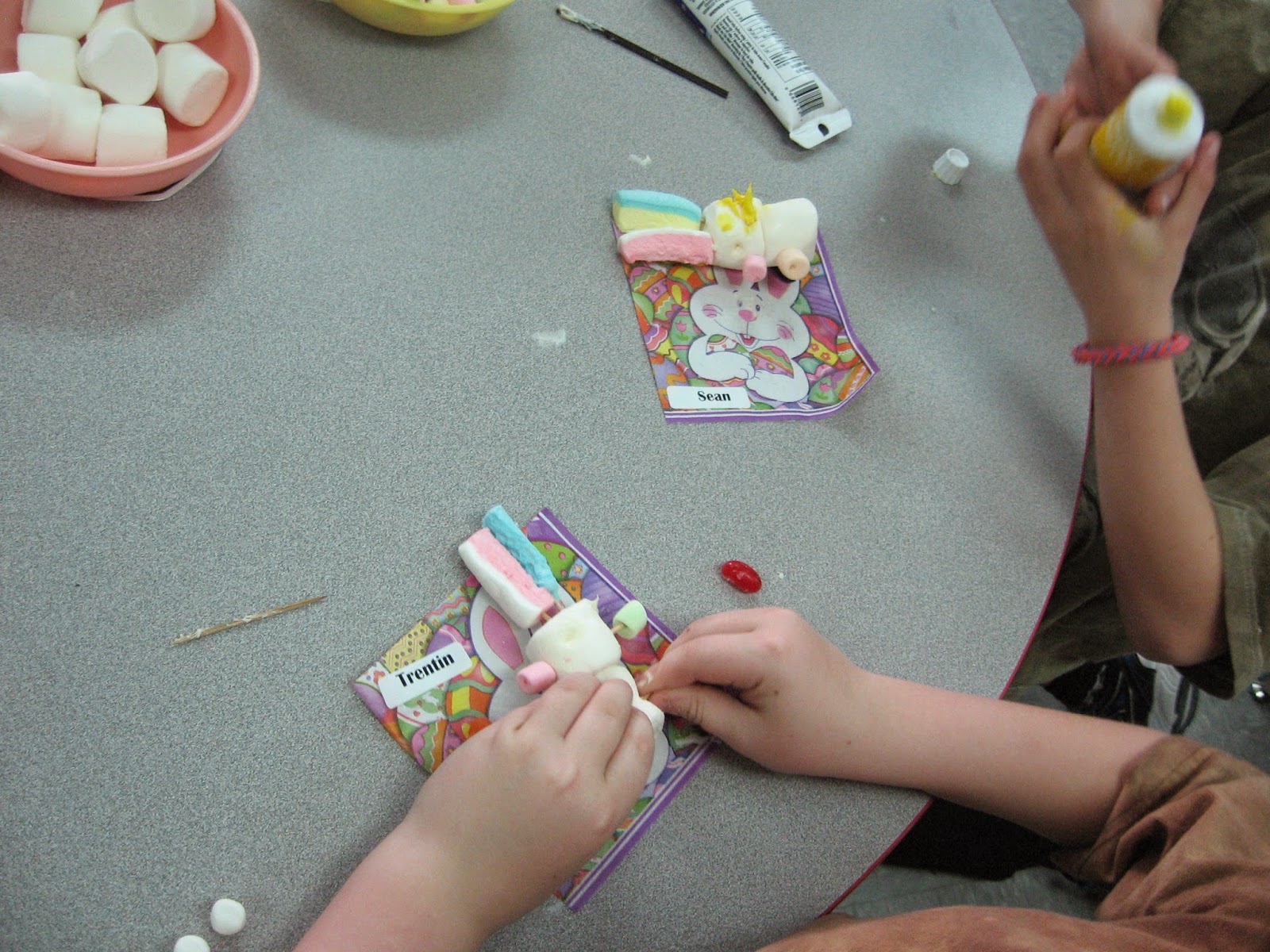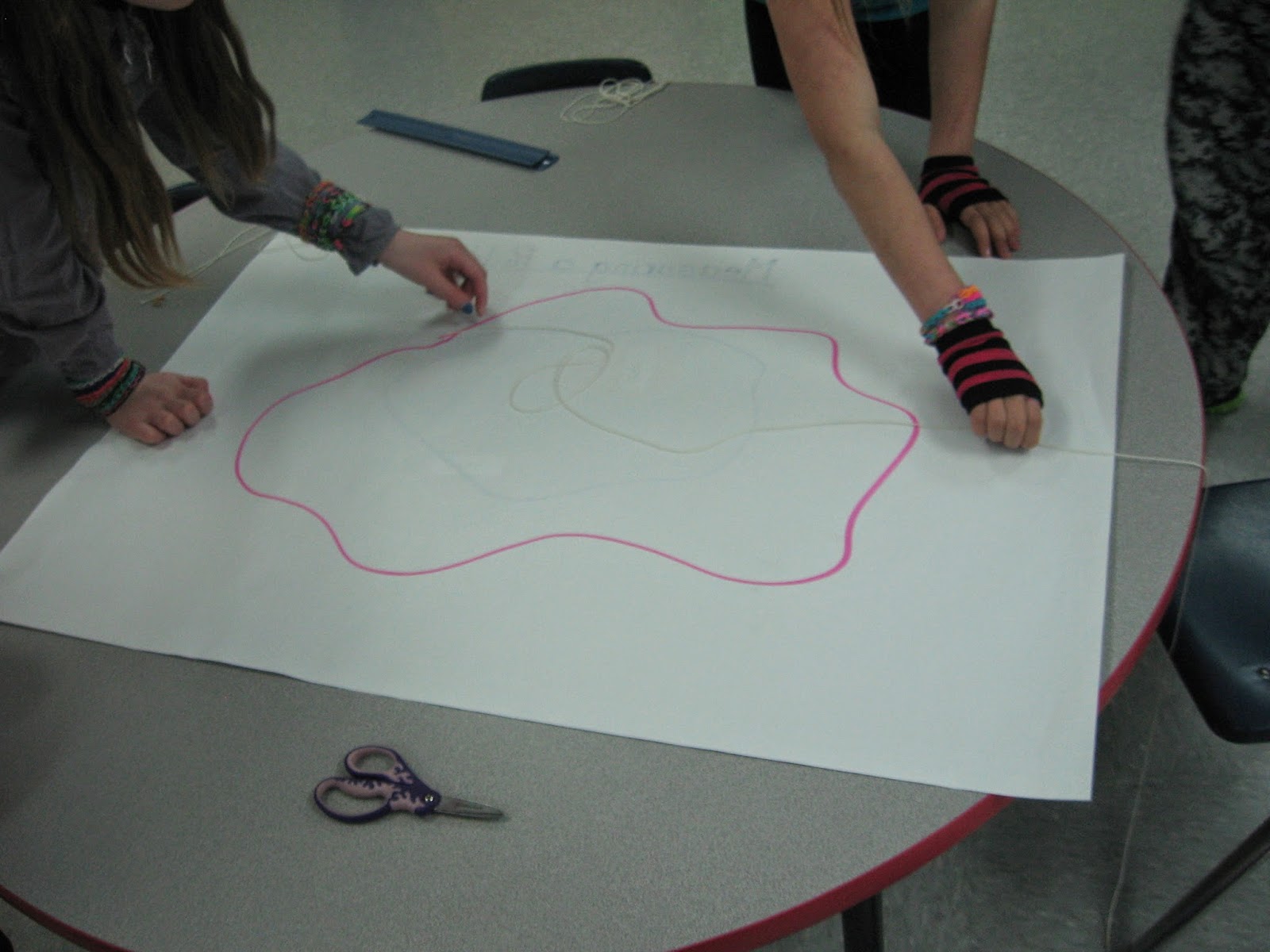At the sessions, we were put into small groups and made a problem to try with our students. For the final session on April 28, we came back to discuss what we found our classes could do and what to work on next.
Here was the problem:
The principal at our school would like to buy Timbits for two classes. One class has 17 students and the other has 24. Timbits come in boxes of 10. How many boxes will he need to buy?
The Brandon session was on Tuesday and then on Wednesday, we worked on the same problem together as a class. I listed the four answers that students in our room came up with and we worked through how they could have arrived at each answer and which was correct. Below are some samples of the students' work.
Overall, I was pleased with the results of this problem and how they thought of ways to show their thinking. It helps me plan for how to support the students who need extra practice and also to extend the learning for the ones who could solve this one successfully.
I brought Timbits back from Brandon too and everyone enjoyed the treat! Our Timbits came in a box of 50. If each of our 19 students ate two, how many were left to share with the staff in our building?
They are also sold in boxes of 20. What new problems could we create with that?


































